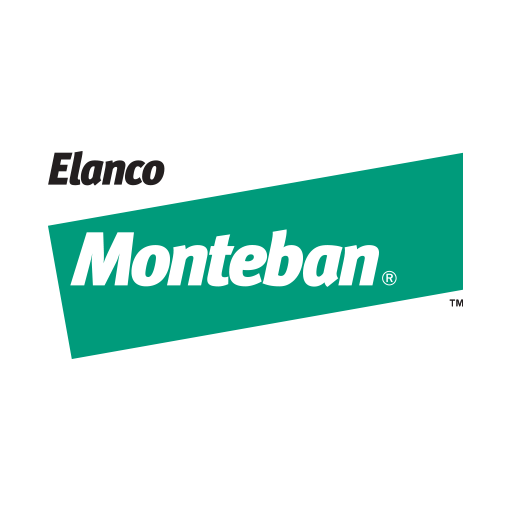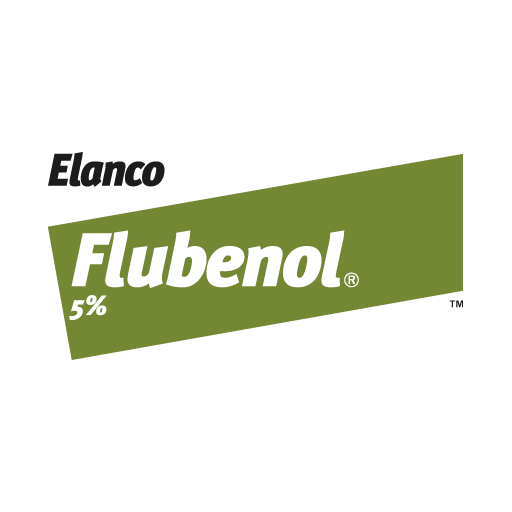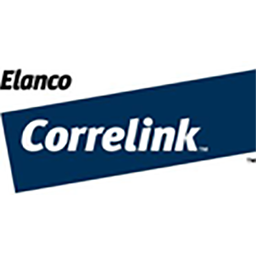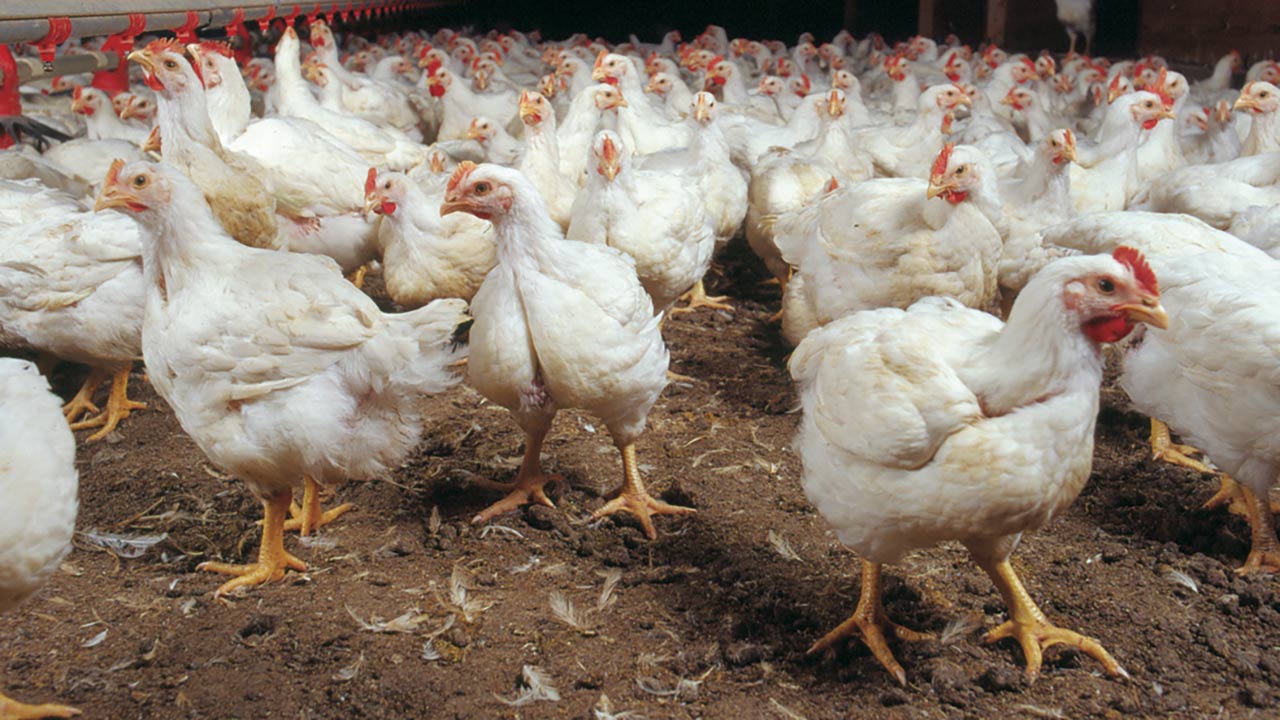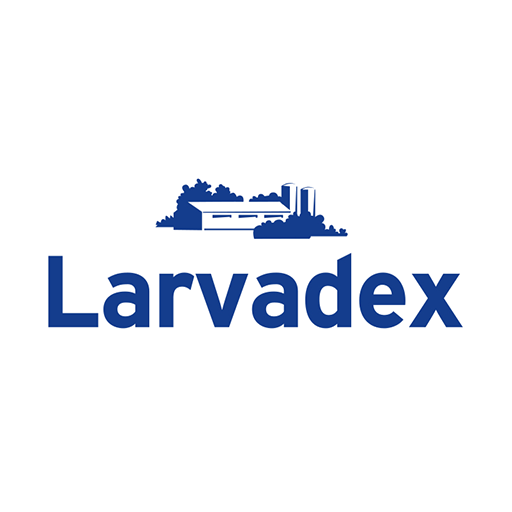Long-acting fly control in poultry production
Larvadex™ 1% is an insect growth regulator which controls larvae of nuisance flies in poultry manure. Treatment is commenced in the feed when fly activity is noticed, and continued for 4-6 weeks or until the fly population is under control. This action of larval control enables a reduction in insecticide application frequency and costs. When used as directed, Larvadex™ has no adverse effects on beneficial manure-inhabiting insects which prey on fly eggs and larvae1.
When blended into a poultry ration, according to the Directions for Use, Larvadex™ 1% Premix controls certain fly species' maggot development in poultry manure. This disruption of the fly's life cycle, and reduction of the fly population over time is an effective way to achieve control of flies in poultry houses. Since Larvadex affects the moulting process of fly larvae2, an adulticide product is recommended for use between Larvadex treatments.

